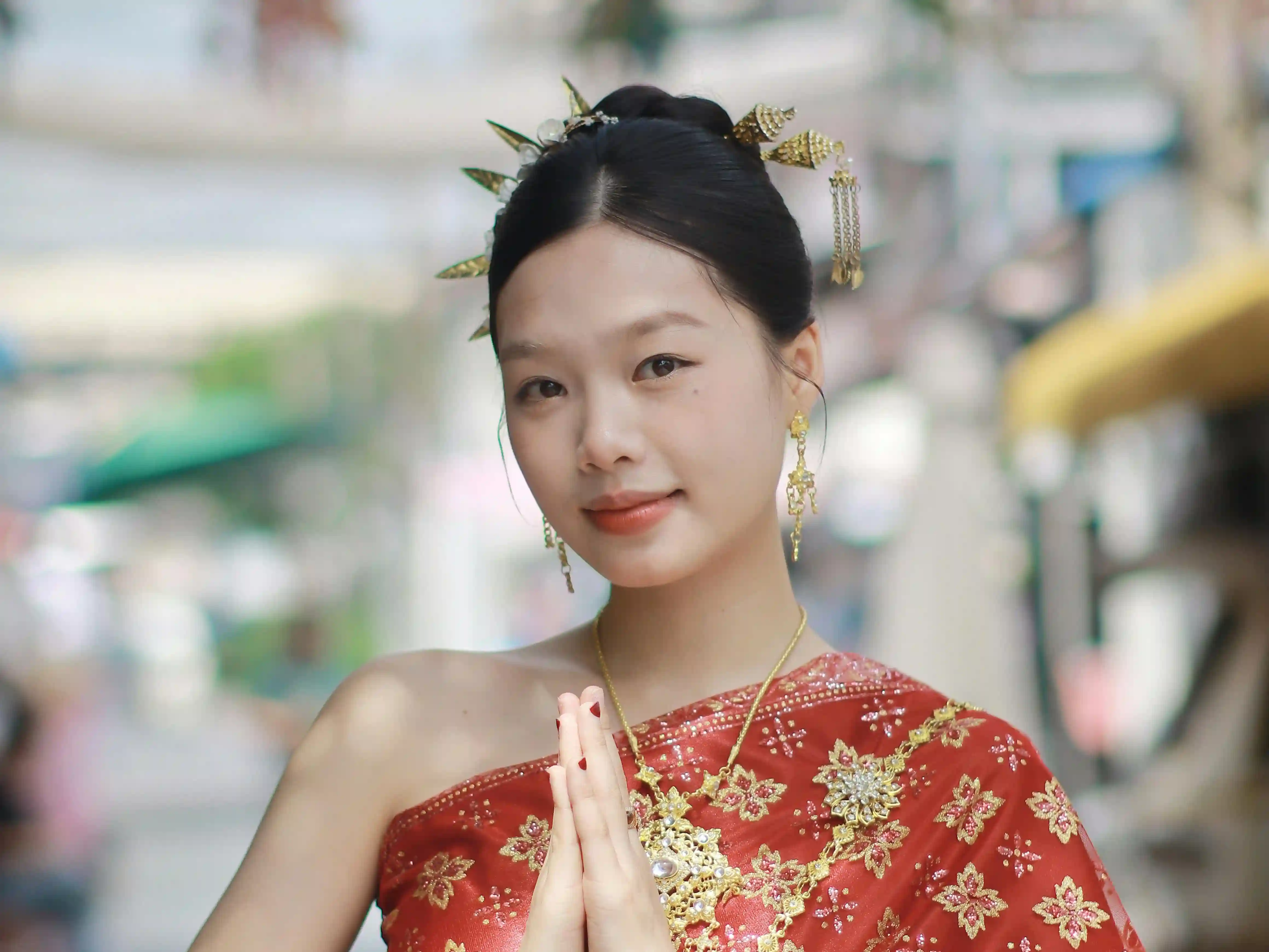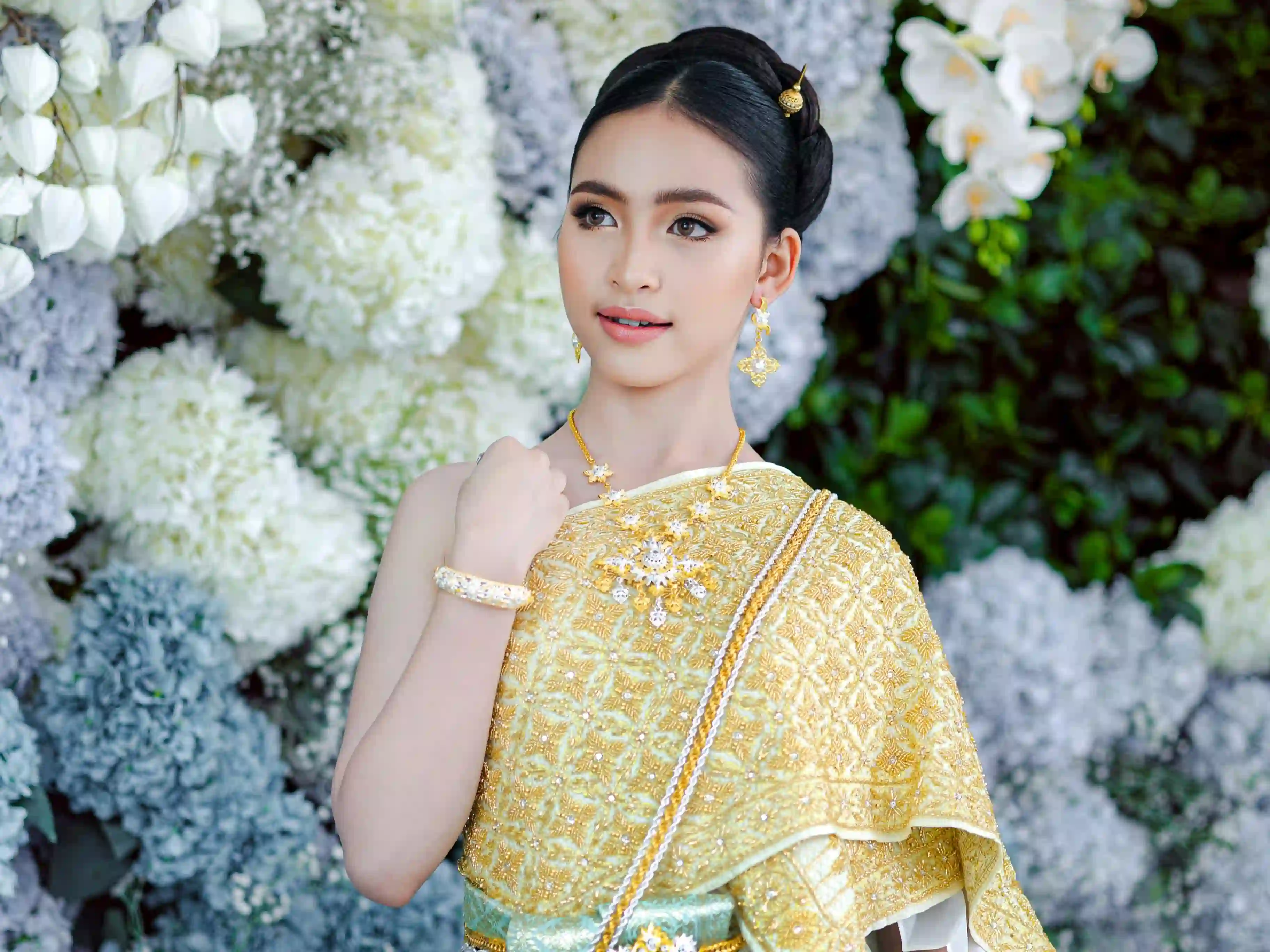
When you think of Thailand, what’s the first thing that comes to mind?
You might think of its delicious dishes, such as Pad Thai, Tom Yum, or Pad Kra Pow. Or maybe the beautiful beaches of Phuket or the intricate designs of the temple in Chiang Mai. There’s also their ladyboy culture, known as the kathoey.
Thailand is a Southeast Asian nation situated on the Indochinese Peninsula. It has been regarded as the “Land of Smiles,” with its people showing a gentle, fun, and kind demeanor to those who set foot in their country.
Thailand embodies its culture in every aspect and way of life. Though they have adapted to be progressive people, their culture and traditions are deeply rooted, proudly displaying them to the world.
What is Unique About Thai Culture?
If we are to compare Thailand’s culture with other countries, Thailand’s is more laid-back, centered on being morally good, and hospitable.
But why is that so?
Buddhism is Thailand’s primary religion, specifically Theravada Buddhism, which is practiced by roughly 95% of the population. The Buddhist teachings have influenced its people to be more free-flowing—a “no worries” way of life. Their belief in karma is what gives Thais a friendly demeanor.
What are some important aspects of Thai culture?
Thai Culture: Dating and Courtship
While Thais are progressive people, they are deeply rooted in their culture and traditions, which are incorporated in their ways of courtship and dating.
Because Thailand is historically a patriarchal country, traditional gender roles expect men to lead and make the first move when it comes to courtship. In the early days, families typically chose potential spouses for their children. They often sought out matches with other wealthy families or those with close friendships and connections.
In contemporary Thai culture, children have autonomy in finding potential spouses. However, since family values remain an important core of Thai culture, they need to first seek their parents' approval.
Thai Culture: Family Values
Thais have a strong emphasis on familial connections. Family is the core unit of Thai society; they see family not as a group of individuals but rather as a collective.
Most Thai families are clan-like. They often live in one house or compound, along with the main family and their extended families.
Many Thais grew up in this kind of setting, influencing their perspective on life and way of living. They only leave their homes for better employment opportunities and/or to live with their spouses, which is why it is crucial to gain the approval of the parents if you were to date a Thai woman.
Thai Traditions and Customs
The country’s rich traditions are heavily influenced by its Buddhist religion, influencing not only the people’s daily lives but also their ceremonial events.
These customs are their way of life. For example, they greet people using a respectful gesture known as wai. They press their palms together as if in prayer and slightly bow their heads to show respect to whoever crosses their path. This greeting is especially important towards elders.
Thailand’s traditions and customs have grace and elegance; what other aspects of their tradition exemplify grace?
The Thai Traditional Dress and Outfits
Thailand’s official national dress is known as the Chut Thai, a collection of eight distinct types of women's wear, each designed for specific formal events. Aside from their national dress, Thais have a variety of clothing ranging from loincloths to full-body dresses.
According to Thailand Insider, during the 6th to the 13th century under the Dvaravati Kingdom, the Thai fashioned themselves with loincloths, gold necklaces, and bracelets.
By the 7th century, the Khmer had influenced the Thais by fashioning their clothes with shorter dresses.
These are the traditional components Thais use for their outfits:
Chong Kben: A lower-body silk wrap-around garment adopted from Cambodia.
Sinh: Commonly worn by Thai women; a ‘Pha Sinh’ is a tubular skirt wrapped around the waist made of silk. They come in many colors and are paired with a long-sleeved silk blouse.
Sbai (Sabai): Worn by women, it is a shawl-like garment that covers one shoulder and wraps around the body. The garment was traditionally worn on its own, but today, it is customary to have a piece of clothing underneath.
Thai women can be seen wearing a traditional Thai dress at casual or formal events, such as religious ceremonies. While some dresses can be a show of power, some are a display of elegance and beauty.
Traditional Thai women's wear includes:
Ruean Ton: Also known as the most casual dress. The outfit consists of a tube skirt paired with a collarless blouse and elbow-length sleeves.
Chakkri: The most famous and elegant traditional Thai dress, usually worn for any formal occasion.
Siwalai: The formal evening attire; a one-piece gown made from two garments sewn together. Usually worn in royal ceremonies or functions.

The Thai Traditional Dance
Another showcase of elegance and grace by the Thais is their traditional dances, which serve as a cornerstone of Thailand’s culture.
Dancing is the first-ever theatrical art form in Thailand. It includes many forms, such as Khon, Lakhon Nai, Li-khe, and Fon Lep.
Khon: The Khon dance is often portrayed by masked dancers paired with a narrator. It evolved from Hindu rituals and dances. Often played by men portraying different characters, be they male, female, demons, or monkeys.
Lakhon Nai: Initially performed by the royal maidens, it is the most classical form of dance developed in the courts of Ayutthaya and Bangkok, performed by an all-female cast. They use their upper bodies to do more graceful movements than their lower half.
Li-Khe: Often seen as amusement or comedic acts. Dancers exaggerate themselves with boisterously colored costumes, as well as engage the audience by improvising their acts.
Fon Lep: A famous dance from the North of Thailand that involves dancers wearing six-inch brass nails attached to their fingernails.
The Importance of Understanding Thai Culture
Why is it important for a foreigner to understand Thai culture, dating and traditions?
Thailand is a cultural country, and people should learn to respect their culture if they hope to be welcomed by the locals. Whether it’s by learning the country’s history, language, or appreciating its delicacies and artwork.
So, if you are planning to date a Thai woman, expect to be immersed in her culture. Be open-minded and respectful of her traditions. You may take the Thai woman out of Thailand, but you can never take Thailand out of the woman.
Learn about Thai culture so you can properly navigate a relationship with a Thai woman.
External References:
“History and Types of Traditional Thai Dresses.” 2021. Thailand Insider. https://thailandinsider.com/everything-you-need-to-know-about-traditional-thai-dresses/.
“Respect & Family Culture in Thailand - tasteofthailand.org.” n.d. Taste of Thailand. Accessed September 2, 2025. https://tasteofthailand.org/respect-family-culture-in-thailand/.